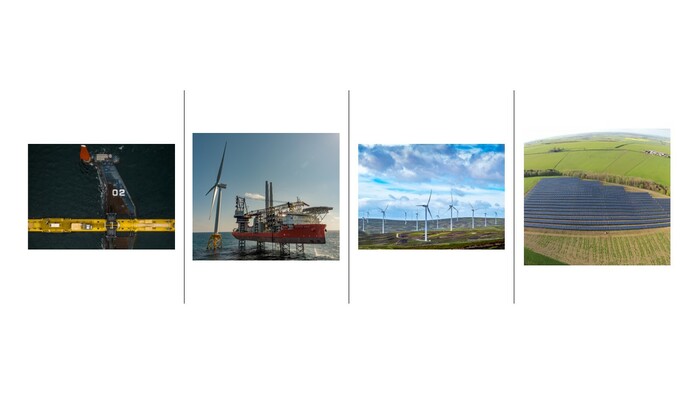Six for six: Restoring investor confidence through CfD AR6

Following the major disappointment of the recent Contracts for Difference (CfD) Allocation Round 5 (AR5) in September, it is vital that the UK Government restores confidence in the CfD as a viable route to market for offshore wind.
In order to safeguard the position of Scotland and the UK as world leaders in offshore wind we’ve been working closely with our members to develop a set of changes to the current system which, if implemented, will give the next auction round its best chance of success.
In a letter to Claire Coutinho MP, Secretary of State for Energy Security and Net-Zero, we have set out two key objectives that the UK Government must urgently prioritise.
First, it must set sustainable auction parameters so that the CfD offers a viable route to market that delivers for the supply chain as well as developers.
Second, the UK Government needs to commit to maximising delivery in AR6 and AR7 to restore investor confidence and ensure sufficient capacity is acquired to meet the UK’s deployment and decarbonisation targets.
We are living through a cost-of-living crisis alongside wider geopolitical challenges but by speeding up the delivery of clean power energy projects we will not only deliver affordable electricity and savings to bill-payers, we will improve energy security and reduce consumer exposure to high, volatile gas prices.
To deliver these objectives some specific changes are needed ahead of AR6.
- Increase Administrative Strike Prices (ASPs) to take into account the inflationary pressures, rising interest rates and supply chain disruption facing developers. ASPsset the maximum guaranteed price a developer can receive for the electricity it generates. The ASP must be set at a level which developers can bid below while keeping projects financially viable.Set auction budgets at a level that will deliver the capacity required to hit the UK’s offshore wind targets of 50GW including up to 5GW of floating by 2030. To make up for the shortfall in capacity delivered through AR5 it is essential that future allocation rounds are given the budgets capable of bringing forward our current pipeline of projects as fast as possible.
- Extend the delivery years for offshore wind from three to four years. This will allow more projects to enter auction rounds and boost competition while also accelerating the development of those projects. Extending delivery years will also give the supply chain greater certainty over the delivery times of future projects.
- Reinstate Pot 3 for fixed bottom offshore wind. This will see a significantly increased pipeline of projects become eligible for AR6 and AR7. With greater competition between offshore wind projects, reintroducing Pot 3 will allow for better budget allocation and ensure a diverse outcome from future allocation rounds.
- Adjust reference prices and load factors for all technologies. For AR5, the reference prices were significantly below market forecasts. Increasing these to a level which is market reflective will limit the need for an extreme budget increase to make up for the shortfall in capacity procured in AR5. Current load factors (for example, the 63.3% figure used for offshore wind) are unrealistic and should be revised downwards to an accurate level.
- Increase the budget ringfenced for tidal stream and commit to retaining this in future rounds. Increasing the ringfenced budget will allow developers to build on this success, accelerate the delivery and give much needed certainty to the sector which will be crucial for unlocking investment.
- Renewables already provide the cheapest form of electricity generation and this will continue to be the case as the UK accelerates its transition to net-zero. As more renewables projects reach the point of being ready to bid for a CfD contract, we therefore urge the UK Government to pivot away from focusing on cost minimisation and instead strive for ‘value maximisation’ by implementing these changes to bring forward more low-cost generation through the CfD.
The renewable energy industry believes the reformed approach to CfD allocation outlined here will see us avoid repeating the mistakes of AR5 and ensure that the CfD continues to deliver for consumers, whilst unlocking greater investment in the UK’s transition to a greener, cheaper and more secure future.
By Andrew MacNish Porter, Senior Policy Manager at Scottish Renewables